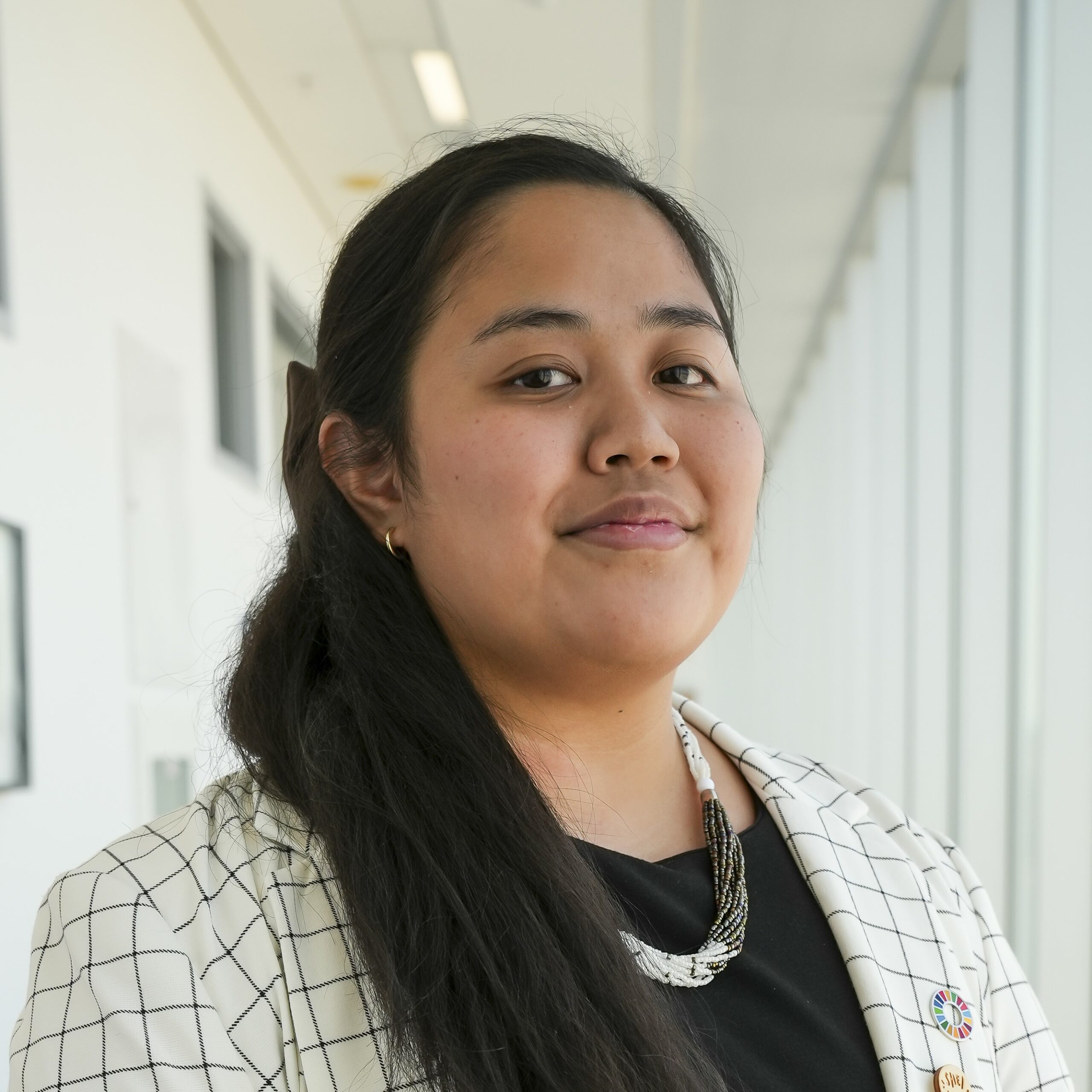Polytechnics are solving some of Canada’s most pressing challenges, driving business innovation and developing next-generation talent in highly technical, hands-on occupations. So it is no surprise that institutions are well-positioned to address environmental, economic and social challenges abroad through global partnerships. Reflecting on the insightful conversations held at the 2024 Polytechnic Showcase in May, Polytechnics Canada connected with Clarisse Estebar, Humber’s International Development Lead, to discuss their session International Development: The Humber Journey.
Polytechnics Canada: Can you outline the key objectives of the technical and vocational education and training (TVET) reform project in Bhutan and elaborate on Humber’s contributions?
Clarisse Estebar: The Bhutan Education and Skills Training (BEST) project supports Bhutan’s TVET reform to equip graduates with the knowledge and skills needed in the labour market. The project intends to increase enrollment of Bhutanese youth in TVET programs, strengthen the skills of graduates and amplify entrepreneurship opportunities. The project embeds themes such as gender equality, environmental sustainability and accessibility for people with disabilities.
Humber leads the project implementation in partnership with Bhutan’s Ministry of Education and Skills Development (MOESD) and RENEW (Respect, Education, Nurture and Empower Women), a non-profit organization in Bhutan.
PC: I understand Humber is also involved in a TVET program in Kenya and Ethiopia. What can you tell me about the focus there?
CE: The STEM Education for Empowerment Project (STEEP) was designed based on lessons from our previous experience working on TVET reform in Kenya. For example, we learned that adolescence is when girls make decisions about their future and knowing this influenced the design of this project, focusing on interventions at adolescence.
Throughout the project life cycle, from ideation to implementation, Humber engages key stakeholders to ensure it is tailored to meet the specific needs and respond to the unique contexts of the communities the project serves in Kenya and Ethiopia.
Humber is also working closely with local implementation partners, including the CAP Youth Empowerment Institute in Kenya and Hahu Jobs in Ethiopia, to ensure the project is implemented in collaboration with partners familiar with local needs.
PC: What strategies does Humber employ to measure the effectiveness and impact of its international
development projects, particularly in terms of empowering marginalized communities and promoting sustainable change?
CE: Humber’s international development initiatives use results-based management processes, putting in place monitoring, evaluation, accountability and learning practices to ensure we can measure the effectiveness and impact of our projects. Each project has its own performance measurement framework with clear activities, outputs and outcomes. Key performance indicators help us measure the degree to which we achieve these outcomes.
Humber conducts in-depth stakeholder engagement and consultation throughout its projects, ensuring key partners and beneficiaries are represented at every stage. This both informs project design and establishes buy-in, enabling a level of support and ownership. We also work closely with local implementation partners to build their capacity to execute the project and integrate best practices and lessons learned in a sustainable way.
PC: Humber has been a leader in international development initiatives for more than two decades. Based on your institution’s experience, can you elaborate on the positive impact that these partnerships have had in terms of knowledge-sharing and tackling global challenges?
CE: A key takeaway from Humber’s international development activities is that these relationships must be mutually beneficial. Global partners want to build their capacity to manage large-scale, global development projects independently. The cooperation model for STEEP allows for north-south and south-south partnerships between academic institutions, NGOs and industry.
These partnerships have also established a sense of internationalization across Humber campuses. The Humber Learning Outcomes framework is part of Humber’s 2018-2023 Strategic Plan. In support of Humber’s strategic mission, the Humber community aims to represent our unique polytechnic identity through the development of global citizens who embody the knowledge and skills to lead and innovate.

